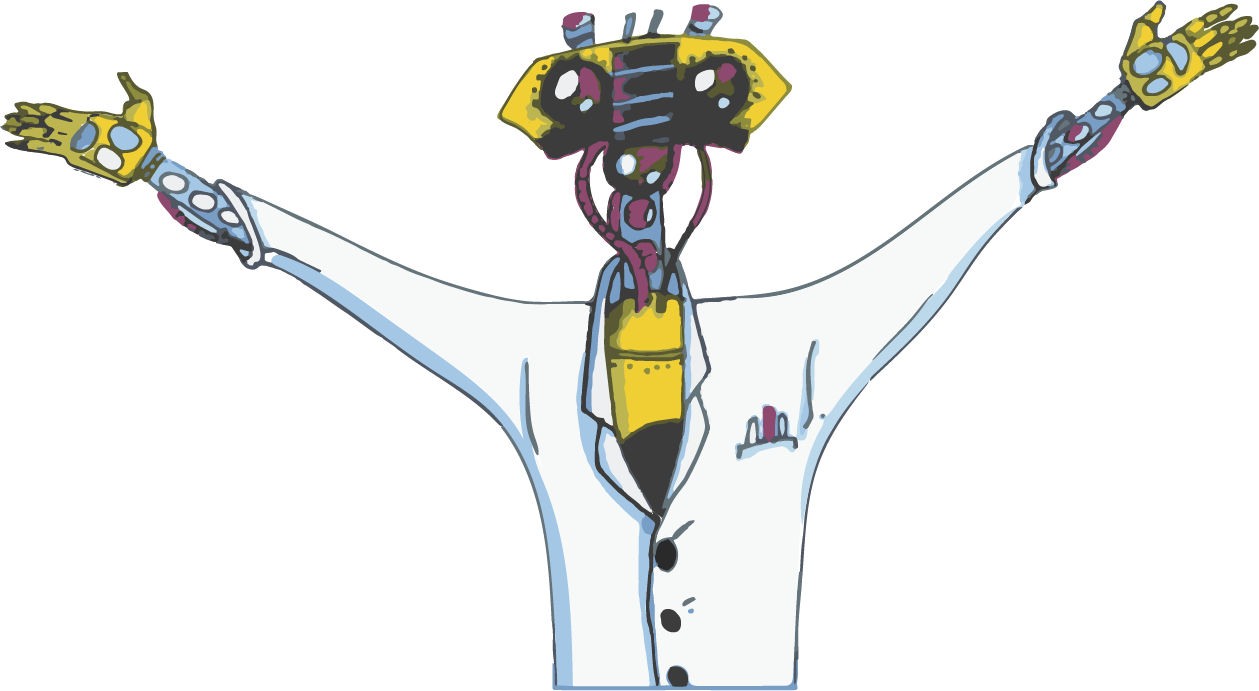Over the last century, significant amounts of anthropogenic CO2 have been absorbed by surface seawater, substantially altering the carbonate chemistry. Although the dissolved inorganic carbon (also known as total CO2) in seawater is defined as the sum of three coexisting species: bicarbonate, carbonate, and carbon dioxide, the majority of dissolved inorganic carbon in oceans is present as bicarbonate. However, the absorption of atmospheric CO2 is shifting the marine carbonate chemistry equilibria: carbonate concentration is decreasing, while bicarbonate and H3O+ (hydronium; also referred to as protons, H+) concentrations are increasing.
These changes to the carbonate system can impact photosynthesis rates, calcification rates, and even fish behaviour!
